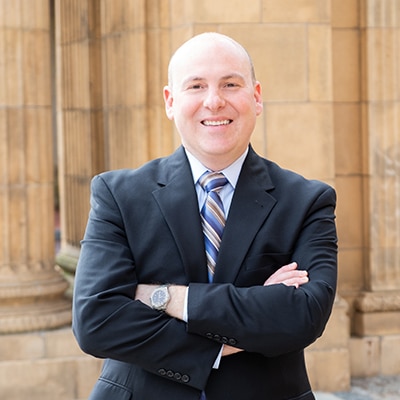Article written by:
Daniel Conroy, CPA
Tax Senior
As mentioned in our recent article, “New Law Provides A Variety of Tax Breaks to Businesses and Employers,” the Setting Every Community Up for Retirement Enhancement Act of 2019, referred to as the SECURE Act, was signed into law on December 20, 2019. This legislation includes provisions aimed at increasing access to tax-advantaged accounts and preventing older Americans from outliving their assets, as well as a number of other provisions.
While the SECURE Act contains numerous provisions, below are some highlights from the legislation that are anticipated to impact many taxpayers.
Small Employer Automatic Enrollment Credit
Adds a $500 per year general business tax credit for employers with no more than 100 employees receiving at least $5,000 of compensation for the preceding year. The employer may take the credit for up to three years for (1) startup costs for a qualified employer plan (e.g., §401(k), SIMPLE IRA) that includes automatic enrollment, or (2) for costs to convert an existing plan to automatic enrollment design. Effective for taxable years beginning after December 31, 2019.
Repeal of Maximum Age for Traditional IRA Contributions
Repeals the prohibition on deductible contributions to a traditional IRA by an individual who has attained age 70 ½. Effective for taxable years beginning after December 31, 2019.
Penalty-Free Withdrawals from Retirement Plans for Individuals in Case of Birth of Child or Adoption
Provides an exception to the 10% early withdrawal tax for qualified birth or adoption distributions from an applicable retirement plan made after December 31, 2019. The maximum aggregate amount that may be treated as qualified birth or adoption distributions by any individual is $5,000.
Increase in Age for Required Beginning Date for Mandatory Distributions
Increases age for required minimum distributions (RMDs) to age 72. Previously, qualified account holders such as those with a 401(k) or IRA had to withdraw RMDs in the year they turned age 70 ½. Keep in mind that if you turned 70 ½ in 2019 you will still need to withdraw your RMD this year.
Expansion of Section 529 Plans
Provides that tax-free treatment for higher education expense distributions also applies to certain expenses for: (1) a registered apprenticeship program’s required fees, books, supplies, and equipment; and (2) qualified education loan repayments of up to $10,000, with a separate accounting for siblings. Effective for distributions made after December 31, 2018.
Modification of Minimum Required Distribution Rules for Designated Beneficiaries
Requires the entire interest to be distributed to a designated beneficiary within 10 years after the death of the employee, whether or not distributions of the employee’s interests have begun. Generally, applicable to distributions with respect to employees who die after December 31, 2019. Exempted from this new rule are beneficiaries that are surviving spouses, minor children up until the age of majority, and the disabled.
Modification of Rules Relating to the Taxation of Unearned Income of Certain Children
More commonly known as the “kiddie tax”. The Tax Cuts and Jobs Act (TCJA) modified the kiddie tax to effectively apply ordinary and capital gains rates applicable to trusts and estates to the net unearned income of a child. The SECURE Act strikes the TCJA amendment to the tax rates under the kiddie tax. Applies to taxable years beginning after December 31, 2019. Taxpayers may elect, as provided by the IRS, to also apply to taxable years beginning in 2018, 2019, or both.
These are just a few of the highlights of the SECURE Act. If you would like to know more, contact your GBQ advisor and let us help determine how these new rules will affect you.
